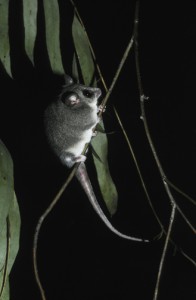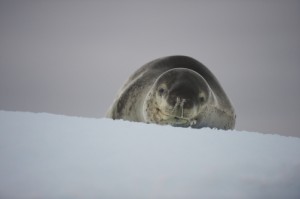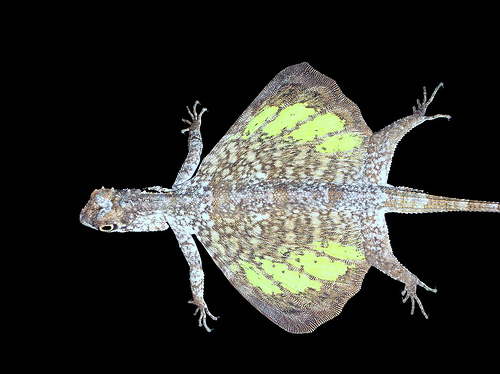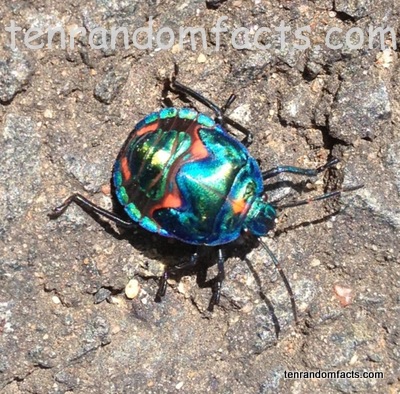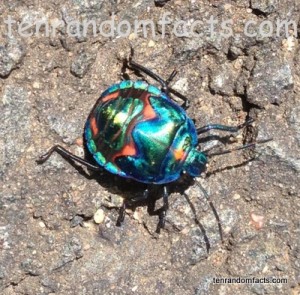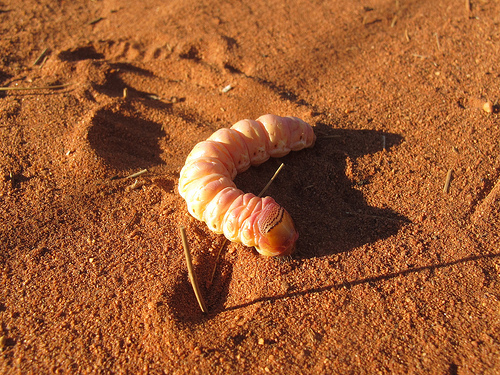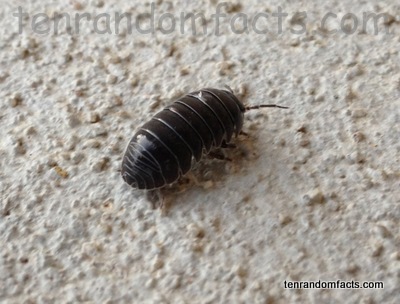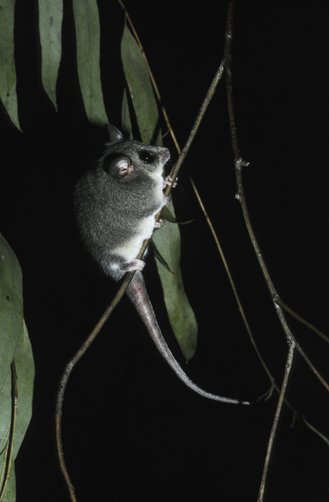
Cute and cuddly.
- Pygmy possums are small possums that are the size of mice, that live in forests amongst trees or shrubs.
- Pygmy possums are from the marsupial family of Burramyidae.
- There are five species of pygmy possum, all of which are native to Australia, and only the long-tailed pygmy possum is found elsewhere in the world.
- Pygmy possums bodies are between 5-12 cm (2 – 4.7 inches) in length, and their tail is almost as long as their body.
- Pygmy possums weigh between 10-50 grams (0.35 – 1.8 ounces).
Pygmy Possum
Image courtesy of National Geographic
- Pygmy possums are nocturnal, and sleep during the day in a state similar to hibernation.
- The Pygmy possum diet consists of small invertebrates, fruit, seeds and nectar.
- Pygmy possums are good climbers and good jumpers, but they don’t glide.
- Before 1966, certain pygmy possums were thought to be extinct.
- Pygmy possums are rarely seen or heard, although they do make a whistling sound.



